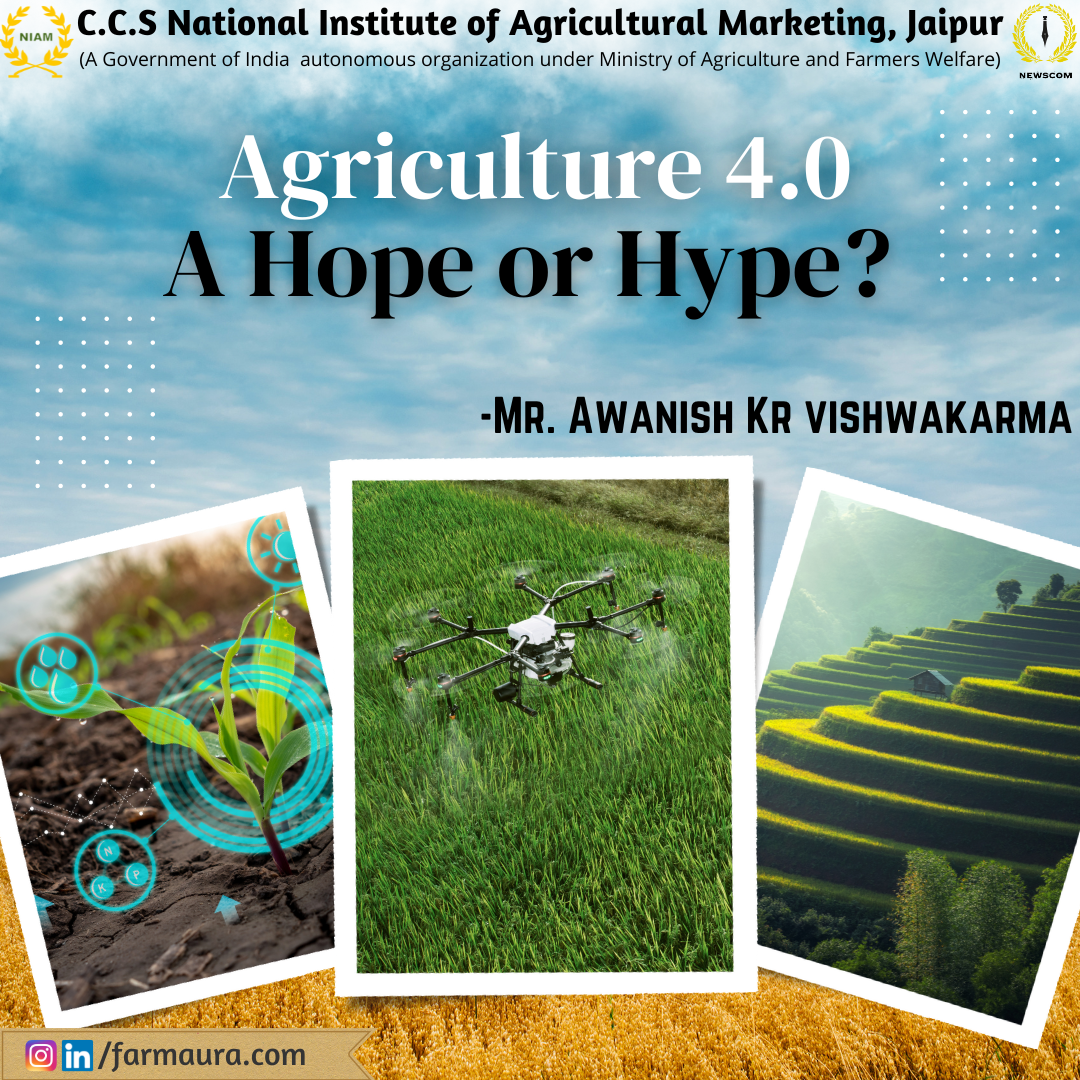22% of companies in the food and agriculture sector have started their digital journey, but less than 30% are satisfied with the status quo. This is because they failed to meet their business goals. The main cause of their failure was that most of them attempted to reproduce existing services in digital form rather than leveraging technology to make those services noticeably better.
According to a study, global investment in Agriculture 4.0, or digitalization technologies in agriculture, was close to US$13.25 billion in 2022 and will increase at an average rate of 15% over the next 5 years. When the associated facilities and smart technology are considered, the amount rises to US $90 billion.
An Overview
Agriculture is constantly evolving because of the numerous factors at work. The large-scale distribution of agricultural production and supply chain systems by COVID and geopolitics has accelerated these developments. Because it jeopardizes the food security of one-fifth of the world’s population, the impact of these new dynamics on global food prices has been particularly painful.
Furthermore, a more serious approach is required to one of humanity’s greatest problems, the Climate Crisis. Changing climate will disrupt the food supply, restrict access to food, and influence the quality of food, as seen by the recent effects on maize or soy in the USA, wheat or rice in India, and many other production regions. Reduced agricultural output is already a result of the anticipated temperature rises, modifications to precipitation patterns, modifications to extreme weather events, and decreases in the availability of water.
Agriculture Transformation
The digitization of agriculture to enable real-time, data-driven decision-making is one of the key forces behind addressing these developments. With the help of agriculture 4.0, the industry will become more adaptable to the problems of the new global order.
Hyper-connectivity, which is a result of the Internet, mobile technology, and the development of new business and operational models, is the foundation of Agriculture 4.0. It is fuelled by the increasing interconnectedness of farmers, agribusinesses, policymakers, international regulators, multilateral agencies, markets, and agricultural machinery.
Digital transformation, or, to put it simply, employing the newest technology to accomplish what we already do—but better—is at the heart of agriculture 4.0. The ease of connectedness and the faceted use of data, which are both transforming business models, enabling new products and services, creating new processes, generating more value, and fostering a new culture of policymaking.
Impact of new technology Adoption
Global agriculture and the food system are evolving as a result of the Internet, mobile technology, sensors, remote sensing, drones, data analytics, artificial intelligence, and blockchain, which are supporting technologies for agriculture 4.0. At various points along the Agri-Food value chain, digitization is having an impact on agriculture. For instance, the automation of farm equipment allows for exquisite inputs while reducing the need for manual labour. Remote satellites and drones and sensors improve accuracy and lower the cost of monitoring crop growth and water or soil quality.
Governments can also use digital technologies to improve the efficiency and efficacy of current policies and programmes and to establish new policies that are both practical and relevant. Additionally, digital technology allows for the expansion of government services including extension and consulting services as well as the automation of agricultural procedures.
Finally, digital technology may assist commerce in agricultural and food goods by connecting farmers and suppliers to new markets, offering new ways for governments to monitor and ensure compliance with standards and enable faster and more effective government services.
Obstacles to the adoption of new agricultural technology
Some of the major challenges in scaling up Agriculture 4.0 are the low adoption rate of new technologies, the lack supportive policy environment, and finally, the availability of qualified resources. While many emerging technologies, such as quantum computing, 5G/6G, cloud computing, AI, and ML, are acting as positive green shoots but, their uneven adoption, particularly in the agriculture sector, is causing a digital divide that will be a significant barrier.
Conclusion
Agriculture 4.0 efforts require more global cooperation and coordination but, only a few organizations are trying to take the lead, we need more decentralized forms of collaboration that include a balanced number of public and private groups.
Economic paradigms are changing in the era we live in. Technological advancements are bringing about dramatic transformation. Several significant technologies that will change agriculture are the Internet of Things Blockchain, Quantum computing, Artificial Intelligence/Machine Learning and 5G technology.




